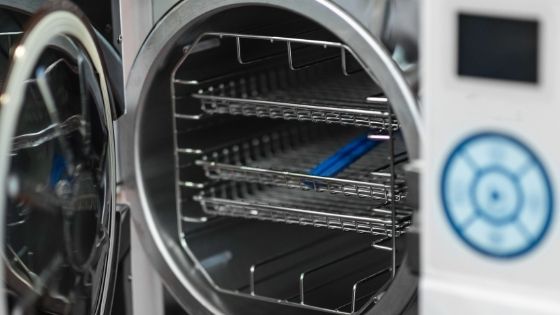If you work in the healthcare industry, you’re no doubt familiar with autoclave sterilization. An autoclave sterilizer is vital to any hospital, as it can reduce the incidences of infections among patients by thoroughly sterilizing medical devices and equipment. Autoclaves are very popular because they are highly effective against a wide range of microbes, including many dangerous species of bacteria.
Autoclaves are also fairly simple, making them affordable and easy to operate. Autoclaves can even be used in a wide variety of applications. Read on to learn more about autoclave sterilization.
Autoclave Sterilizers Are Effective Against Various Microbes
Autoclaves are most associated with eliminating bacteria, but these devices are capable of killing other forms of microbes. Autoclaves are known to be effective against various forms of fungi, though fungal infections transmitted in healthcare facilities are quite rare. Autoclaves will also kill all species of yeasts, which are more common in healthcare facilities.
Bacteria remain the focus of autoclave sterilization, however. Autoclaves are effective against all types of bacteria. Some bacteria release spores, which can make them more difficult to kill using other sterilization methods. However, autoclaves are effective against both bacteria that release spores and bacteria that do not. Some species of bacteria are even heat-resistant. Some of the most heat-resistant bacteria can even survive being immersed in boiling water for a short length of time. However, even heat-resistant bacteria will quickly be killed in a properly operated autoclave.
How Autoclave Sterilizers Work
Heat has been used for sterilization for hundreds, if not thousands of years. Immersion in high temperatures will eventually kill all bacteria. Before the advent of autoclaves, some healthcare facilities sterilized equipment and instruments with boiling water. However, this method was only partially effective.
Autoclaves use very hot water to sterilize instruments, but they do so with steam rather than with liquid water. Instruments and equipment in an autoclave are subjected to pressurized steam at very high temperature, most commonly 250F. The steam is applied for a set length of time, which can vary from 4 to 45 minutes depending on the item. Wrapped items and wet biological waste take longer to sterilize than unwrapped dry items.
There are two types of autoclaves: gravity displacement autoclaves and pre-vacuum autoclaves. Gravity displacement autoclaves are often used in labs and for sterilizing disposable materials. Pre-vacuum autoclaves are used for reusable medical equipment and devices. Pre-vacuum autoclaves work much more quickly than gravity displacement autoclaves, making them suitable for items that need to be ready as soon as possible.
Applications For Autoclave Sterilization
Autoclaves are perhaps most associated with sterilizing surgical instruments. However, they can also be used to sterilize everything from respiratory therapy equipment to sharps containers. In short, every healthcare facility needs to have an autoclave. In fact, most healthcare facilities likely need both a gravity displacement autoclave and a pre-vacuum autoclave. This includes dental facilities.
Autoclaves are also vital for laboratories that deal with biological media. Labs most likely do not need a pre-vacuum autoclave. However, most biolabs will need a gravity displacement autoclave.
Items That Should Not Be Autoclaved
Most items that are used for medical treatment or laboratory experimentation can be autoclaved. These items include stainless steel implements, gloves, Pyrex containers, and polypropylene and polycarbonate plastics. However, there are some items that should never be autoclaved.
Acids, bases, and solvents should never be put into an autoclave. These items may damage the machine and may release toxic fumes. The same goes for bleach, chlorine, and seawater. Also steel that is not stainless steel cannot be autoclaved. Plastics besides polycarbonate and polypropylene should not be autoclaved.




















